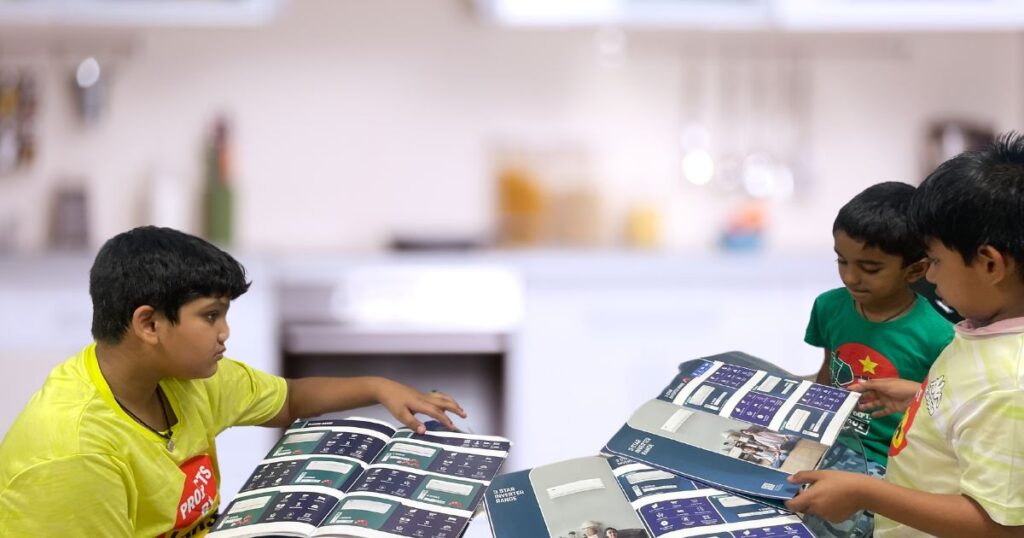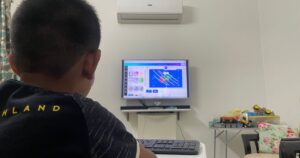This is the biggest challenge for any parent.
Hi, I’m Captain Venkat, father of Laksh. Over the past few years, I am on a journey to help my son become an independent learner. It hasn’t been easy, and the road has been full of challenges and initial struggles. I want to share my experiences and what I’ve learned along the way.
The Initial Struggles
When I first decided to encourage Laksh to learn independently, I faced significant hurdles. Traditional schooling wasn’t fostering his unique talents, and I felt the need to step in. However, breaking away from the conventional methods wasn’t simple. Laksh was used to being directed and guided at every step, and shifting this mindset required patience and persistence.
Observing and Understanding
I realized that to make Laksh an independent learner, I first needed to understand his learning style. I spent hours observing him during different activities—how he approached problems, what sparked his interest, and when he seemed most engaged. It was crucial to identify patterns in his learning behavior. Did he learn better through visuals or hands-on activities? Was he more inclined towards structured tasks or open-ended exploration?
Drawing Patterns
After weeks of observation, I began to notice certain patterns. Laksh thrived when he could see the relevance of what he was learning. Practical applications and real-world connections made concepts click for him. He also showed a preference for learning through doing rather than just listening or reading. These insights were invaluable as they allowed me to tailor the learning process to fit his natural inclinations.

Customizing Learning Approaches
Armed with this knowledge, I started customizing his learning activities. For instance, instead of just reading about science concepts, we conducted experiments together. When it came to math, I incorporated games and real-life problem-solving scenarios. This hands-on, practical approach not only made learning more enjoyable for Laksh but also helped him grasp concepts more effectively.
I also introduced digital platforms that offered interactive learning experiences. These tools allowed Laksh to explore topics at his own pace, fostering a sense of autonomy. Additionally, we organized offline activities like nature walks and museum visits, which provided diverse learning experiences and kept his curiosity alive.
The Ongoing Journey
It’s important to note that this process is ongoing. There are days when things don’t go as planned, and setbacks are part of the journey. Encouraging Laksh to take charge of his learning requires constant adjustment and flexibility. Sometimes, he resists the independence I try to instill, and I have to gently steer him back on track without taking over completely.
Despite these challenges, I’ve seen remarkable progress. Laksh is becoming more confident in his abilities and is increasingly willing to explore new concepts on his own. He’s learning how to learn, which is the ultimate goal. This journey has taught me that fostering independence in learning is not about leaving children to figure everything out by themselves. It’s about providing the right support, tools, and environment for them to flourish.
Conclusion
Helping your child learn independently is a challenging but rewarding endeavor. It requires patience, observation, and a willingness to adapt. By understanding your child’s unique learning style and customizing approaches to match, you can empower them to take charge of their education. It’s not an easy path, but the progress and growth you’ll witness make it all worthwhile.
I hope my experiences inspire you to embark on this journey with your own children. Together, we can nurture a generation of independent, confident learners.





